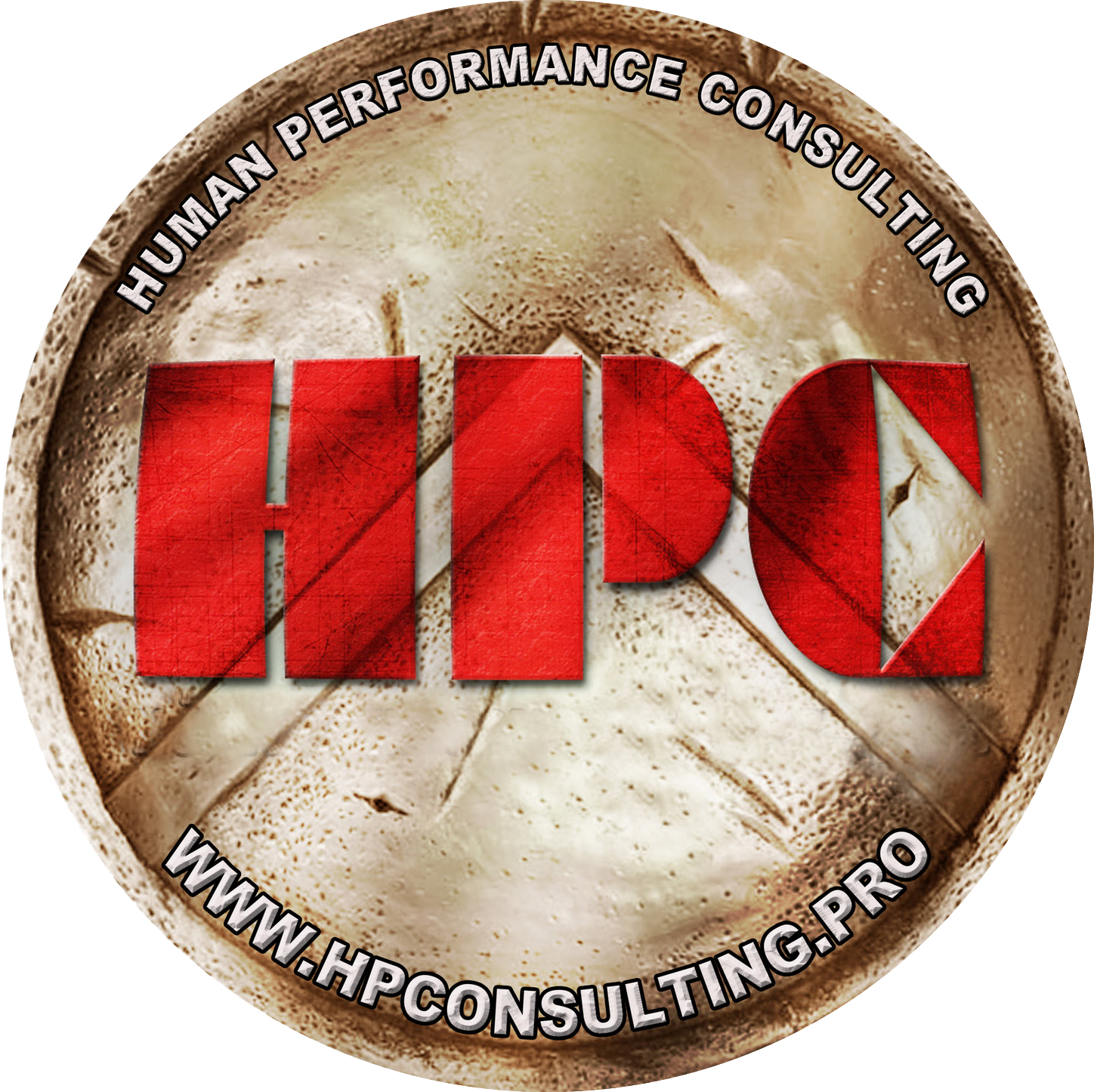Grateful for Change
Most of us don’t like change. We try and avoid new things and reluctantly decide to try something new every once in a while. Change can be difficult. Change can be challenging. Change can be painful. But if I have learned something over a fairly long life of dealing with it, change is inevitable and necessary. Even though we try and stabilize and counter change, our planet is constantly changing. In fact, the only constant is change when it comes to our planet. Rotating around the sun and revolving around itself, our planet is fierce with change; hurricanes, tornados, tides, wind, rivers, life and death; our planet is the ambassador of change. So why do we attempt to avoid change so much? Sometimes we hide from it and don’t want to face it; yet we are so familiar with it that it is part of our existence.
My mother died on November 1st of this year. She was born in 1926 and, along with my father, exited Egypt from the mid 1950s through 1974, living in Lebanon, Germany, France, Italy, and finally, the United States. Not only did they change countries, but they had to learn all the different languages along the way (my father actually had to learn Italian in order to sell investments door to door). My mother spoke 9 languages; I remember her taking up Portuguese when we finally settled in Fall River, MA just for fun. All this to say that my parents lived a life of change, and they loved every minute of it. I think that actually living in another country for an extended period of time gives you a different perspective and gives you a certain elevated level of empathy when dealing with people.
What about the change that we all don’t want to face? Death. My parents survived the bombing of Alexandria by the Germans in World War II. They saw more death than most people should see, including some of their friends that were cut down by bomb shrapnel as they were looking out their apartment windows. How did they deal with this type of change? I am not entirely sure, other than the fact that I believe that the things that they saw in Egypt drove them to find a better place to live with greater opportunity and freedom, which is what drove them to eventually end up in the United States. Change in this fashion acts as a motivator, a catalyst to improve your situation. However, it can only act as a motivator or a catalyst if you attach meaning and gratitude to that change. Without meaning and gratitude, you can stagnate in your own obsolescence and never make it out of Egypt.
I will be eternally grateful to my parents for embracing change and granting me the endless opportunities that I have had in my life. Without gratitude, change cannot manifest itself in a positive manner. Being truly grateful sits at the beginning any positive change process. The first step is recognizing the the change that you are experiencing exists to teach you something, a meaning. Once you realize this, you become grateful for that change and can develop a plan to move on and improve your position. My father taught me a lesson about gratitude that I will never forget. He once told me that even if you have to be a sweeper in a factory, not only should you be the best sweeper in the world, but you should be grateful that you have a job even though it may not be the ideal job for you. This doesn’t mean that you don’t look for another job or improve your position by going to school or learning a better trade, but you start from a position of gratitude to fuel the change in a positive manner, always being respectful to the job that got you to the new change position.
Unfortunately, my dad died when I was 19 of a massive heart attack. The gratifying thing to me is that, even though I knew him for a short time, he had been so well involved in my life that his influence has lasted a lifetime, and beyond. I am grateful for the change that his death influenced within me; sometimes change can push you to new levels that you never thought possible. Why fight the change when you can fuel it, with gratitude, to influence yourself and others to new and improved positions of greatness and spiritual renewal? The key is to find meaning first and then flow directly into gratitude.
Assignment
This Thanksgiving week, take a look at the changes in your life. Look at how you can learn from the change and determine how you can move into a position of gratitude when you think of the change. Perhaps the change is a positive one; if so easy, right? Perhaps the change is a negative change; this one will be a tougher one to swallow. Try and take on a position of gratitude and the change will not affect you as much. I know that sometimes this is very difficult to do. When my mother finally died November 1st after a 4 year struggle with dementia, the change was fairly overwhelming and final for me. I had to look at all the positive events in her life, like the ones I mentioned above, to come to grips with the fact that she lived a great life and provided guidance and inspiration to a son, a husband, and an entire family that will last long after I am gone. It is with this gratitude that I have turned the negative change into a more positive outcome. All the best dealing with your change!
“Lean into it!”

